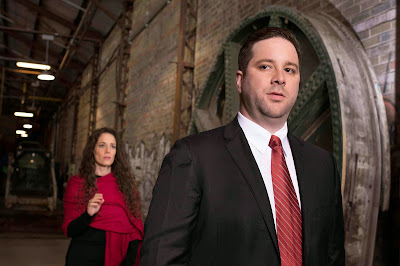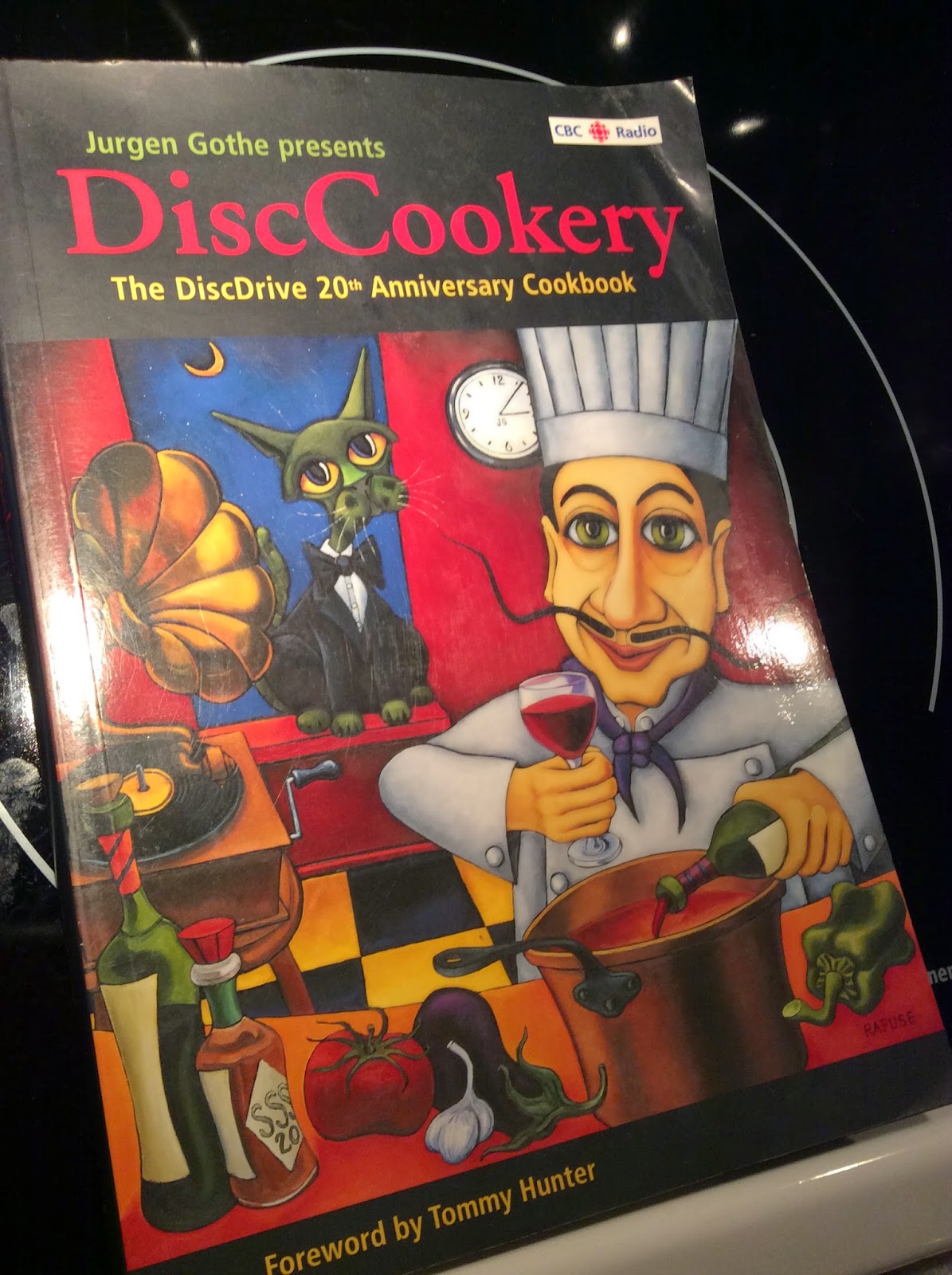Translating complex philosophical ideas onto the stage can be a challenge, particularly when that stage doesn’t involve words, but The National Ballet of Canada’s Being and Nothingness, based on the work by Jean-Paul Sartre, offers a riveting expression of the ideas around the nature of existence, done with a definite visual poetry that makes for compelling watching. The work is being staged at Toronto’s Four Seasons for the Performing Arts as part of the company’s spring program (which also includes work by Alexei Ratmansky) and runs through June 6th.
Principal dancer Guillaume Cote turns choreographer for Being and Nothingness, which took shape after fellow dancer Greta Hodgkinson approached Cote about creating a solo. Cote was reading the work of Sartre at the time. As he prepared the solo, Cote says in the program notes that he was surprised by “how many aspects of Sartre’s theory began to come up. There was this idea of creating an image of ourselves, an ideal of what we should be, and no longer living in the moment but rather somewhere between what we’e done in our past and what we’re striving for in our future.”
This “somewhere between,” where the dancers look caught between past and future, is the space where Being and Nothingness derives much of its power. Soloist Hodgkinson performs with just the light of a sole bulb dangling on a long string, her body twisting and contorting, a Giacometti come to life. It’s as if she is in a frantic fight against inertia and vanishing, fending off the darkness but fearful of what the light might reveal. Her arms and legs turn toward, and then away, from light, toward and back from the corners of Michael Levine’s satisfyingly grim set. Cote’s choreography nicely integrates the fluid, spatial elements of Tharp and Balanchine, while deftly maintaining a poetic urgency that perfectly matches the gorgeous panic of the Philip Glass Metamorphosis and Etude pieces that score the work, ones expertly performed by Edward Connell.
If, like me, you can’t quite place Being and Nothingness from your reading past (I did a paper on it in university roughly two decades ago), it’s worth remembering that the French philosopher starts from the point of humans being precisely zero essence; we are not “essentially” good or “essentially” bad, we simply are. In other words, life’s what you make it. Sartre writes that because humans lack any pre-determined essence, they make themselves purely by acting in the world. This “world” is presented onstage through a series of vignettes, many of which feature couples in various circumstances. This reflects the dualism Sartre explores (and ultimately rejects) in his work; to put it simply, what you see is really what you get.
Thus Cote has staged a work with few light spots, though the ones there shine through brilliantly, and are complemented by intense dancing and a forceful theatricality that dips and dives around the abstract and occasionally surreal. Dancers Kathryn Hosier and Felix Paquet share a lovely, playfully romantic pas-de-deux in “The Bedroom,” while Svetlana Lunkina and Brent Parolin bring a strained connection to vivid life, with the help of a carpet (frequently dragged around with someone on it), in “The Living Room.” The bridges between past and present, of sitting in a purgatory of the present, couldn’t have been made more searingly obvious, and the choreography and imagery presented in this vignette was particularly affecting for its visual inventiveness and seamless blend of movement and design. Further along, an ensemble of male dancers, clothed in natty grey suits designed by Krista Dowson, perform upstage (they’re downstage for “The Street”) and remind one of Sartre’s argument that “we, as human beings, can become aware of ourselves only when confronted with the gaze of another. Not until we are aware of being watched do we become aware of our own presence.”
 |
| Greta Hodgkinson and Ben Rudisin (Photo by Aleksandar Antonijevic) |
This idea of presence makes the solo work all the more trenchant; Hodgkinson’s intense performance that opens the show, as well as Dylan Tedaldi’s tormented solo performance in “The Sink,” add challenging if beautiful layers to what is, at its essence (and yes it has one), a brilliantly inventive piece of dance theatre. Fully immersing his head in a sink full of water and then throwing his head back, lion-like, Tedaldi gives a controlled and sure physical expression of Sartre’s idea that “the gaze of the other robs us of our inherent freedom” — even if that gaze is coming from a mirror, it would seem. Freedom here looks like a joy and a torment, at once, and choreographer Cote seems to understand this perfectly.
The idea of freedom as a leviathan-like force, haunting, harrowing, beautiful and terrifying, is examined with quiet intensity in the final vignette, “The Call”, where Hodgkinson and dancer Ben Rudisin wrestle with a phone call (and an ever-lengthening phone cord); it’s as if they are wrestling with their own need for connection, and a repulsion at being defined solely by it, grappling for freedom and pushing against it simultaneously. Such push-pull tension fuels the piece on to a surprising, if nicely contemplative ending, elucidating the philosophical notion that “freedom is humanity’s curse as well as its blessing, and what we make of that freedom is our own.”
It is an awful, awesome, awe-inspiring note Cote has chosen to end on, and it will, like Being and Nothingness itself, leave you quietly contemplating the lights, the shadows, the movements, and the stillness; you may even want to pull out that old volume of Sartre again.




